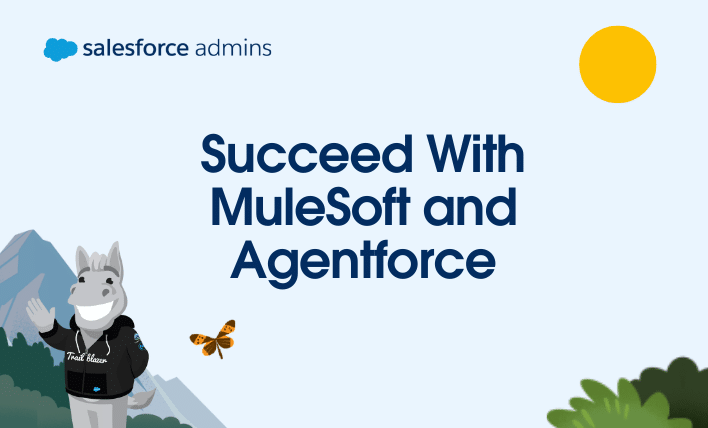As a Salesforce Admin, you’re likely already familiar with Agentforce, Salesforce’s collection of assistive and autonomous artificial intelligence (AI) agents. Agentforce can handle a wide variety of tasks within the Salesforce ecosystem. But what happens when your business relies on external applications? How can you extend Agentforce to integrate with other essential tools? Enter MuleSoft–Salesforce’s […]








